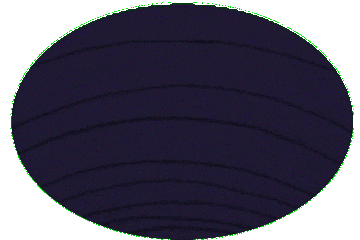Traffic
Traffic is the movement of vehicles and pedestrians along land routes. Traffic laws govern and regulate traffic, while rules of the road include traffic laws and informal rules that may have developed over time to facilitate the orderly and timely flow of traffic. Organized traffic generally has well-established priorities, lanes, right-of-way, and traffic control at intersections. (International Regulations for Preventing Collisions at Sea govern the oceans and influence some laws for navigating domestic waters.) Traffic is formally organized in many jurisdictions, with marked lanes, junctions, intersections, interchanges, traffic signals, cones, or signs. Traffic is often classified by type: heavy motor vehicle (e.g., car, truck), other vehicle (e.g., moped, bicycle), and pedestrian. Different classes may share speed limits and easement, or may be segregated. Some jurisdictions may have very detailed and complex rules of the road while others rely more on drivers' common sense and willingness to cooperate. Organization typically produces a better combination of travel safety and efficiency. Events which disrupt the flow and may cause traffic to degenerate into a disorganized mess include road construction, collisions, and debris in the roadway. On particularly busy freeways, a minor disruption may persist in a phenomenon known as traffic waves. A complete breakdown of organization may result in traffic congestion and gridlock. Simulations of organized traffic frequently involve queuing theory, stochastic processes and equations of mathematical physics applied to traffic flow.
This article uses material from the Wikipedia article "Traffic", which is released under the Creative Commons Attribution-Share-Alike License 3.0.
References
| Title | Summary | |
|---|---|---|
| Harry Nilsson on FM Radio | ... , Canned Heat , Creedence , Traffic , Aretha and Burt ... | |




![Traffic (The Criterion Collection) [Blu-ray] Traffic (The Criterion Collection) [Blu-ray]](https://m.media-amazon.com/images/I/51gjIdR3Y-L._SL500_.jpg)






![Traffic [Blu-ray] Traffic [Blu-ray]](https://m.media-amazon.com/images/I/51xlq7MuGGL._SL500_.jpg)
